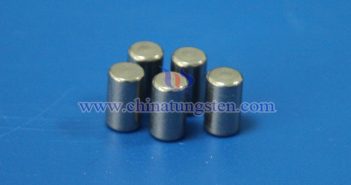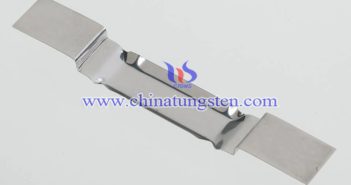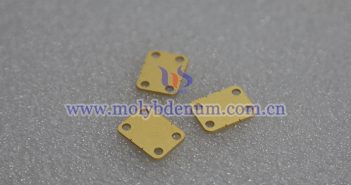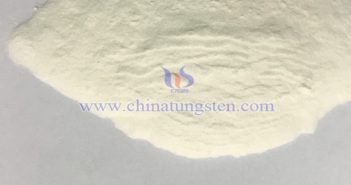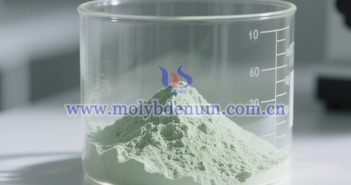
The mechanical strength of barium tungsten electrodes is the result of the combined effects of material composition, microstructure, preparation process and working environment. To improve the strength, the barium content can be optimized, the grain size can be controlled, the sintering process can be improved, the internal defects can be reduced, and the surface quality can be ensured. In practical applications, each influencing factor needs to be weighed according to the specific conditions of use. Factors Affecting the Mechanical Strength…


